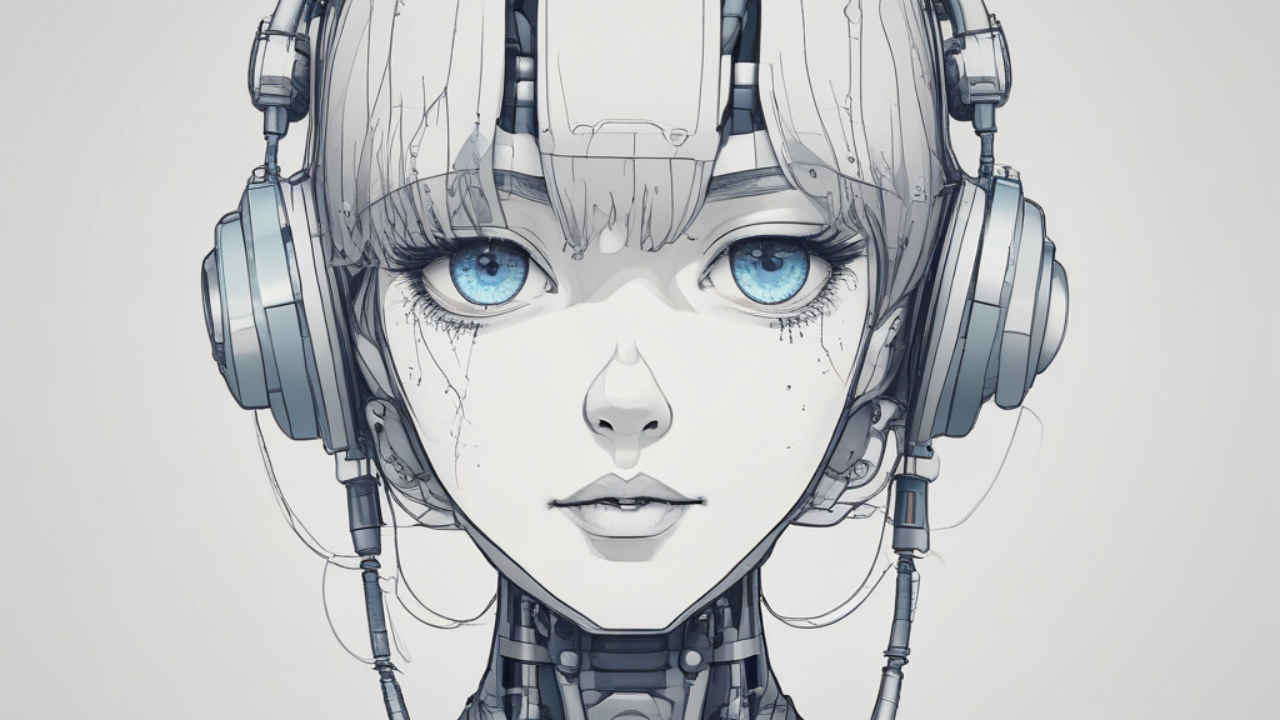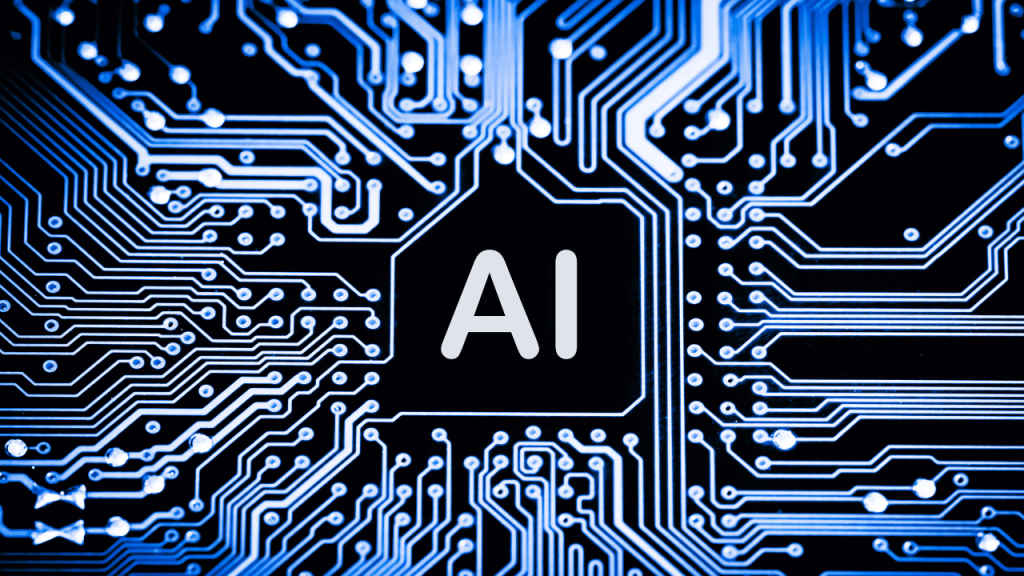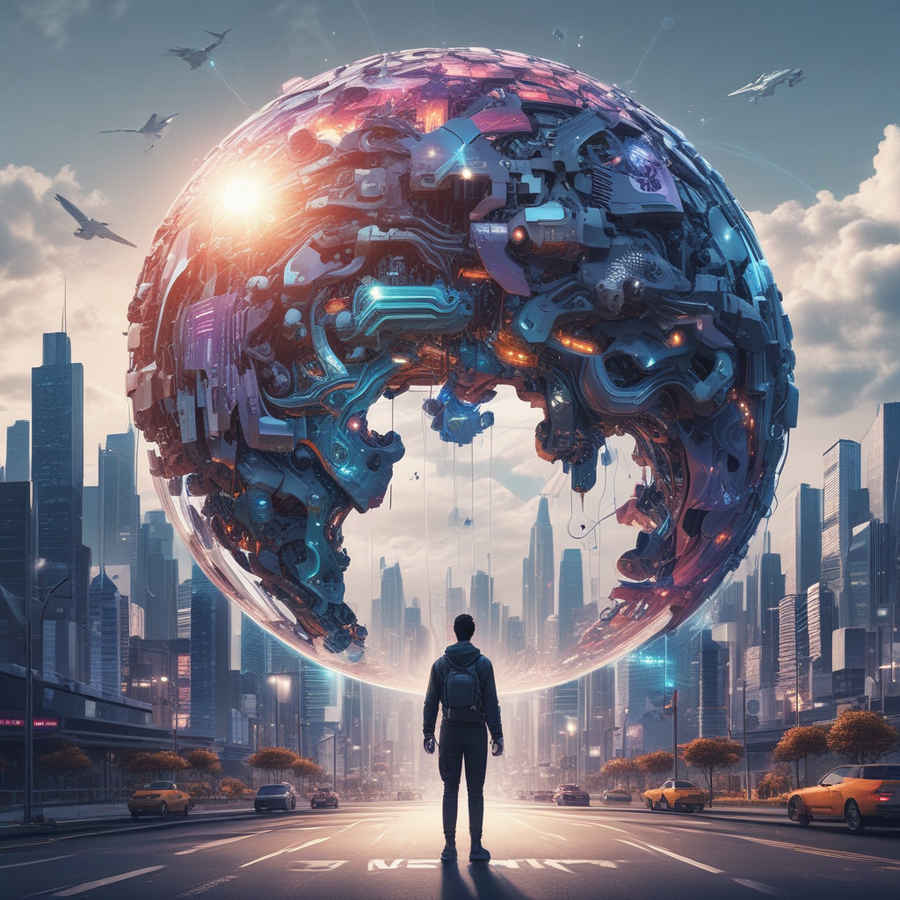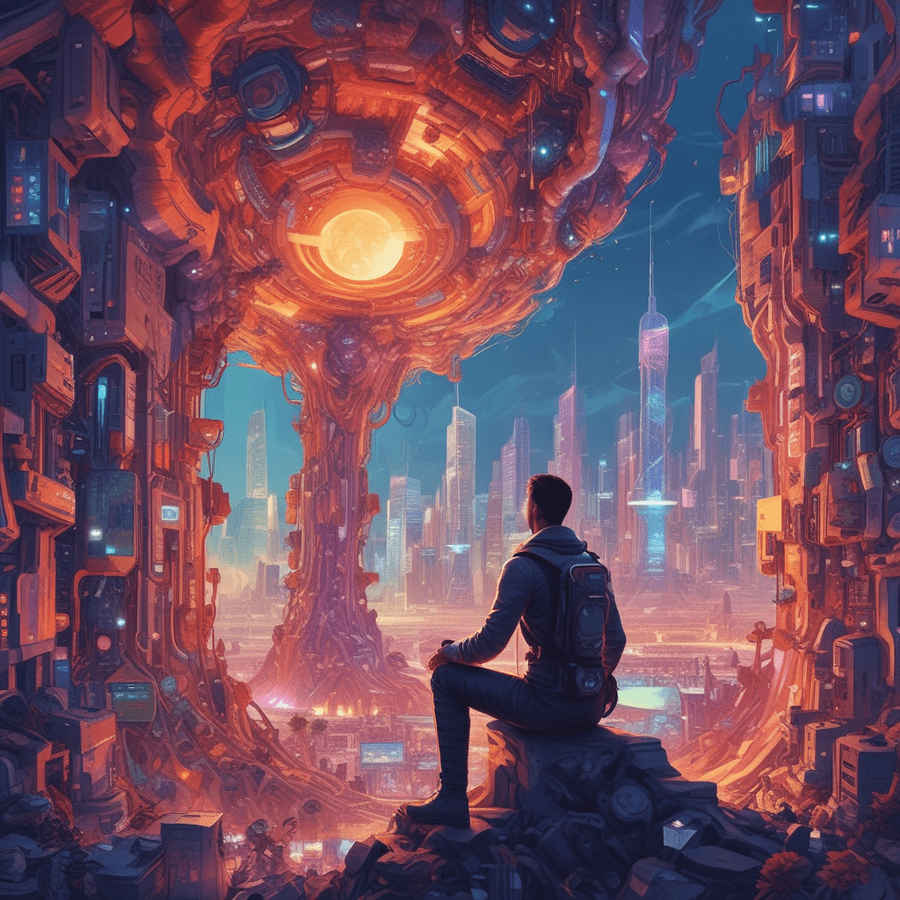The algorithmic you: How AI shapes your reality

Remember the days when “artificial intelligence” belonged solely to the realm of science? Those days are gone. AI, once a futuristic fantasy, has crept into every corner of our lives, silently orchestrating our routines from the moment we wake up to the minute we drift off to sleep.
 Survey
SurveyOur digital companions, smartphones, voice assistants, smartwatches are powered by AI algorithms, whispering suggestions, anticipating needs, and learning our preferences with an uncanny accuracy. But amidst the undeniable convenience, a question lingers: are we merely puppets in this grand algorithmic play, or are we active participants in shaping our own AI-infused reality? As AI becomes an integral part of our lives, its economic impact is noteworthy. The global market is to transform into a dynamic scenario, moving to a substantial $267 billion by 2027, driven by a CAGR of 33.2-per cent. Yuval Noah Harari, historian and author of “Sapiens: A Brief History of Humankind,” echoes this sentiment, cautioning that “humans are hackable animals now,” vulnerable to manipulation through meticulously crafted algorithms.
AI in our pockets: A double-edged sword
Over 5.3 billion people, nearly 70% of the global population, use smartphones today, generating and consuming 2 exabytes of data daily – enough to fill all the hard drives in the world 185 times over. This staggering volume is where AI truly shines. Algorithms tirelessly analyze our digital footprints, learning our quirks and routines with uncanny accuracy. They recommend restaurants tailored to our palates, translate spontaneous conversations with distant relatives, and even identify suspicious activity, protecting us from online threats.

By 2030, AI’s impact is projected to contribute a significant $15.7 trillion to the global economy, a harmonious combination of $6.6 trillion in productivity gains and $9.1 trillion in consumption’s rhythmic progression. Voice search, once considered a novelty, is now adopted by 35% of companies, a trend set to expand as AI assistants become more proficient. Similarly, self-driving cars, resembling futuristic chariots, are poised to join the procession, with one in ten cars expected to be autonomous by 2030.
“We are becoming algorithmic selves,” warns Sherry Turkle, a renowned psychologist, noting the erosion of real-world connections as we turn to AI for companionship and validation.
Also read: AI everywhere: Where is the AI road leading us to?
Hence, amidst the convenience, shadows lurk. Biases embedded in algorithms, often unintentional yet deeply impactful, can lead to discriminatory practices like unfair loan approvals and biased hiring decisions. Our insatiable reliance on these digital companions raises concerns about digital addiction and social isolation, leaving us yearning for genuine human connection in the glow of our screens.
The pervasive presence of AI
AI’s reach extends far beyond our pockets, silently transforming nearly every facet of our lives. In healthcare, algorithms analyze medical scans with superhuman precision, detecting diseases early and paving the way for personalized treatment plans. In education, AI-powered platforms tailor learning experiences to individual needs, catering to different learning styles and paces. Even mundane tasks like driving are being redefined by AI, with self-driving cars promising not just efficiency but potentially saving millions of lives from traffic accidents. By 2025, AI-powered robots are expected to handle 52% of manufacturing tasks, a significant increase from their 10% involvement in 2015.
While our smartphones may be the most visible face of AI, its influence stretches far beyond our pockets, quietly weaving itself into the fabric of daily life. Imagine waking up to your smart thermostat setting the perfect temperature before you even throw off the covers, thanks to its AI brain anticipating your morning routine. As you brew your coffee, you chat with your friendly voice assistant, asking for the latest news and weather updates – a personalized briefing curated by algorithms learning your interests and location.
Throughout your day, AI guides you on unseen paths. Your GPS, no longer just a digital map, predicts traffic with uncanny accuracy, rerouting you through the maze of city streets to ensure a smooth commute. At work, AI filters your overflowing inbox, intelligently separating the critical from the mundane, and even suggests witty replies to emails, saving you precious time.
At lunchtime, you scroll through your social media feed, a carefully curated field by AI algorithms. They know your favorite coffee shop photos, your love for travel documentaries, and the friends you haven’t spoken to in a while – each post a gentle nudge of reconnection. As you head to the gym, your fitness tracker, empowered by AI, analyzes your every step, offering personalized coaching and cheering you on to reach your goals.

Back home, your smart home awaits. AI anticipates your arrival, dimming the lights and activating the security system. Hungry? No need to scroll through endless recipes. Your fridge, stocked with groceries ordered through an AI-powered shopping app, suggests the perfect meal based on your dietary preferences and what’s left on the shelves. As you curl up with a book, your AI-powered reading app recommends similar titles, tailoring your literary journey to your unique tastes.
And when it’s time to sleep, your smart bedroom adjusts the temperature and plays calming music, all orchestrated by AI’s invisible hand. This symphony of automation is not just about convenience; it’s about understanding your needs, anticipating your desires, and freeing you to focus on what truly matters.
However, amidst this orchestrated reality, challenges remain. Social media algorithms, while serving up personalized content, can create echo chambers, reinforcing our biases and isolating us from opposing viewpoints. AI-powered customer service chatbots, while efficient, may lack the empathy and nuance of human interaction.
Also read: On-device AI: Your personal smart assistant
As Fei-Fei Li, director of Stanford’s AI Laboratory, reminds us, “We need to ensure that AI technology enhances and complements human strengths, not replaces them.” Businesses find the benefits worth the engagement. 64% believe AI will enhance their productivity, a sentiment echoed by 76% who anticipate AI creating new roles rather than displacing existing ones. Nonetheless, concerns persist. Like murmurs in a crowded room, 75% of consumers worry about AI’s potential for spreading misinformation, and 41% fear its impact on society.
The displacement of jobs by automation remains a pressing concern. While AI creates new opportunities, it also disrupts existing workflows, leaving some behind in the digital dust. The challenge lies in harnessing AI’s potential for good while mitigating its negative consequences, ensuring a future where humans and machines coexist in harmony.
Future AI trends
The future beckons with even more profound integrations of AI into our lives. Imagine smart homes anticipating our needs, adjusting temperature and lighting before we even step through the door. Self-driving cars weaving through cityscapes without human intervention, freeing up our time for creative pursuits or meaningful conversations. And perhaps, in the not-so-distant future, AI doctors analyzing our health data, predicting and preventing illnesses before they manifest.
The possibilities are both exhilarating and daunting. While AI promises enhanced convenience, improved health, and greater access to information, it also raises questions about job displacement, ethical dilemmas, and the potential for misuse. As Elon Musk warns, “With artificial intelligence, we are summoning the demon.” This necessitates responsible development, ensuring AI aligns with human values and serves as a tool for good, not an instrument of division or destruction.

AI is not an external force invading our lives; it is the reflection of our own ingenuity, woven into the fabric of our everyday reality. We are not simply consumers of AI’s offerings; we are the architects, shaping its development and directing its course. The question, then, is not whether AI will control us, but how we will choose to control AI.
By understanding the intricate dance between AI and our daily lives, acknowledging its transformative potential and recognizing its inherent anxieties, we can navigate this new frontier with purpose and prudence. The future we create with AI depends not on algorithms and processors, but on the choices we make today. So, let us choose wisely, ensuring that AI remains a tool that empowers us, not a puppeteer that controls us.
Ultimately, the dance between man and machine is a waltz in progress. We, the architects, hold the reins, shaping the future of AI with each choice we make. By understanding its transformative potential, acknowledging its inherent anxieties, and navigating this frontier with purpose and prudence, we can ensure that AI remains a partner in progress, not a puppet master dictating our reality.